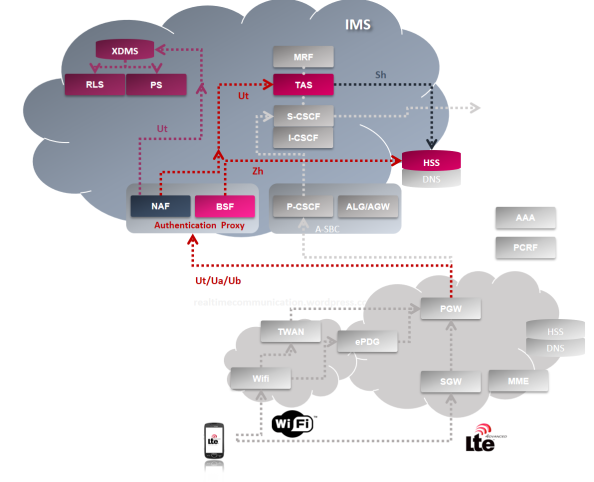It is really hard to predict the future. The authors of SIP and SDP designed (1996) a great concept which really addressed the needs of not just real-time communication for the next two decades. But they also believed the the Network Address Translation (NAT) is only a temporary solution which will be obsolete once everyone will use IPv6. In 2015 we still use the NATs and I’d think (! the same mistake again) that we’ll use it for a couple more years.
NAT is technique which became in conjunction with IP masquerading a popular as an essential tool in conserving global address space allocations in face of IPv4 address exhaustion. These days the NAT is used also for security reasons e.g. topology hiding, port and IP restrictions etc.
The basic functionality of NAT is to translate one IP into another. Typically we can found NATs which mask behind one public IP a whole private network (one-to-many NAT). The traffic then can originate only from the private network (private IP space is not directly addressable from the public network).
Why we care about the NAT anyway? And what’s wrong with the SIP?
Right. Let’s remind that the SIP+SDP are used to establish a media session. It means we’re exchanging IP addresses of the originator and recipient which will be then used for (e.g. RTP, MSRP) data stream. These IP addresses are in the SIP body in the SDP content.
The media communication is then established on these IP:ports. As the addresses and ports are private the other clients can’t use them as they don’t see each other.


